Research Research Highlights
Research Highlights
Research Highlights
Research Highlights
Research Highlights 미리보기
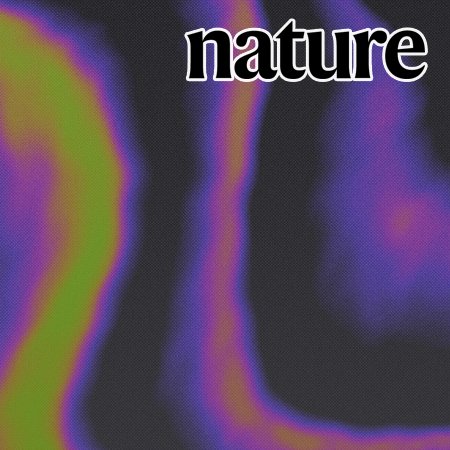
Atomic lift-off of epitaxial membranes for cooling-free infrared detection
Prof. Celesta S. Chang
Professor Celesta S. Chang's research team from the Department of Physics and Astronomy has developed an 'Atomic Lift-Off' technique that enables the production of ultrathin, freestanding perovskite oxide membranes—paving the way for high-performance, cooling-free infrared sensors.
Research Highlights Board
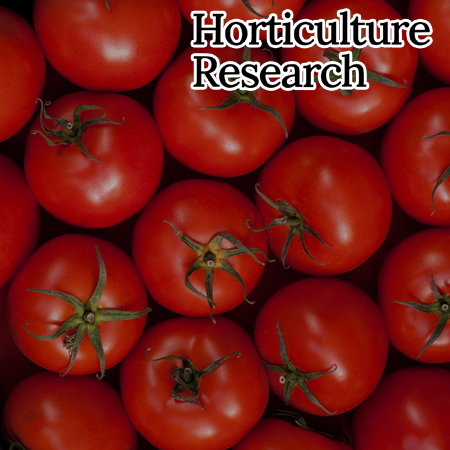
SlH3 and SlH4 promote multicellular Trichome formation and elongation by upregulating woolly in tomato
Prof. Jin-Ho Kang
A research team led by Professor Jin Ho Kang of the Graduate School of International Agricultural Technology has announced the world's first identification of the key genes involved in tomato trichome development.
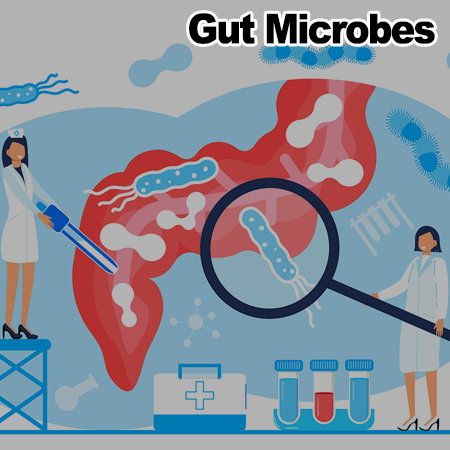
Extracellular vesicles of Limosilactobacillus fermentum SLAM216 ameliorate skin symptoms of atopic dermatitis by regulating gut microbiome on serotonin metabolism
Prof. Younghoon Kim
A research team led by Professor Young Hoon Kim of the Department of Agricultural Biotechnology has identified how probiotic bacteria-derived extracellular vesicles (EVs) alleviate atopic dermatitis symptoms through the regulation of gut microbiota and serotonin metabolism.
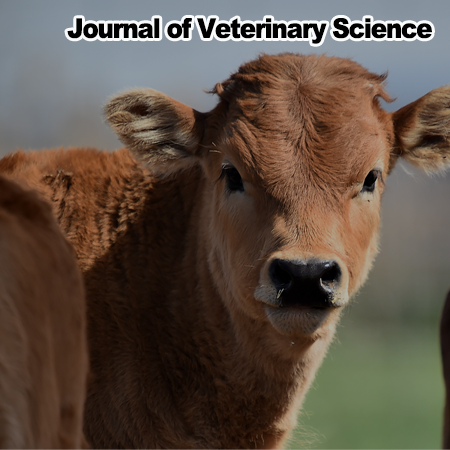
Identification of a new bovine picornavirus (Boosepivirus) in the Republic of Korea
Prof. Joon-Seok Chae
A research team led by Professor Joon Seok Chae of the College of Veterinary Medicine has identified for the first time in Korea that Bovine originated orbivirus (BooV) is highly likely to be a major causative pathogen of Hanwoo calf diarrhea.
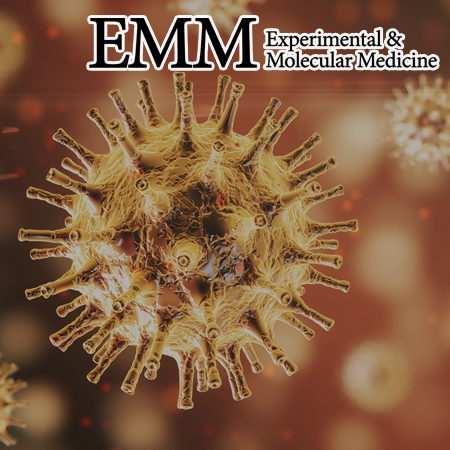
SARS-CoV-2 pseudovirus dysregulates hematopoiesis and induces inflammaging of hematopoietic stem and progenitor cells
Prof. Kyung-Rok Yu
A joint research team, including Professor Kyung Rok Yu from the College of Agriculture and Life Sciences, has announced the development of a virus-like particle (VLP) production system using the coronavirus spike protein, along with a humanized mouse model for virus infection based on this system.
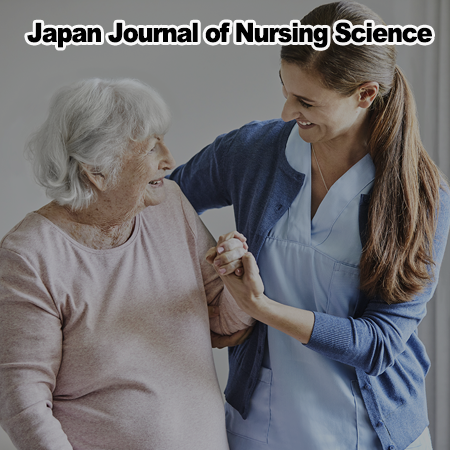
Contributing factors to the length of stay and discharge destination of home health care patients: 10-year electronic health record analysis using the Donabedian model
Prof. Kyungmi Woo
A research team led by Professor Kyung Mi Woo of the College of Nursing has provided new insights into patient discharge from hospital to home and the utilization of home care services, presenting evidence to reduce unnecessary readmissions and ensure more effective and efficient home care operations.
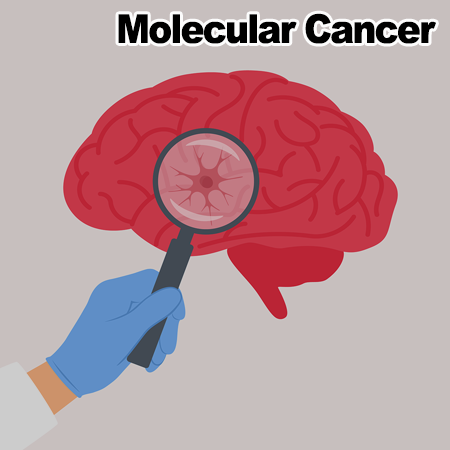
Distant origin of glioblastoma recurrence: neural stem cells in the subventricular zone serve as a source of tumor reconstruction after primary resection
Prof. Joo Ho Lee
A research team led by Professor Joo Ho Lee of the College of Medicine has identified the interaction between the surgical site and neural stem cells, and elucidated a mechanism capable of blocking this process.
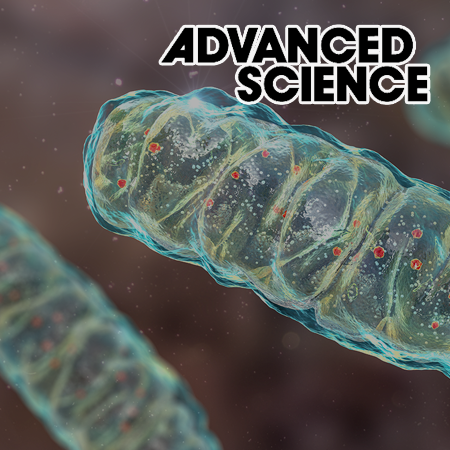
Structural diversity of mitochondria in the neuromuscular system across development revealed by 3D electron microscopy
Prof. Junho Lee
A research team led by Professor Jun Ho Lee of the Department of Biological Sciences has outlined a new research direction to investigate how changes in mitochondrial structure could be connected to neurodegenerative diseases and aging.
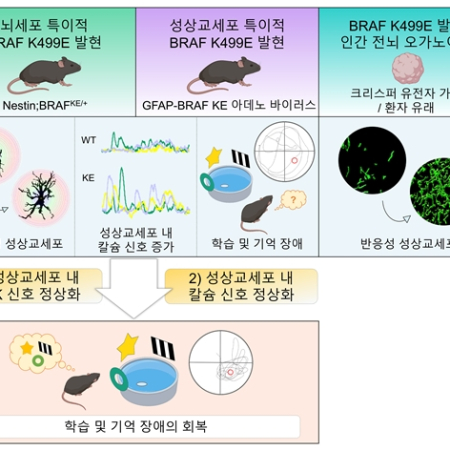
Aberrant ERK signaling in astrocytes impairs learning and memory in RASopathy-associated BRAF mutant mouse models
Prof. Yong-Seok Lee
A research team led by Professor Yong Seok Lee from the College of Medicine has identified dysfunctional astrocytes as a key neurobiological cause of learning and memory impairments in cardio-facio-cutaneous syndrome, a rare developmental disorder.
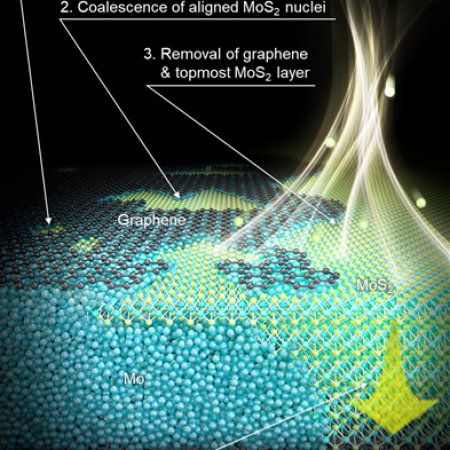
Professor Gwan-Hyoung Lee's Research Team at Seoul National University Develops a New Synthesis Technology of Single Crystal 2D Semiconductors, “Hypotaxy”, to Enhance the Commercialization of Next-Generation 2D Semiconductors
Professor Gwan-Hyoung Lee
A joint research team, including Professor Gwan Hyoung Lee from the Department of Materials Science and Engineering, has announced the world's first development of a novel technology named 'Hypotaxy,' capable of directly growing wafer-scale, single-crystal two-dimensional (2D) semiconductors on diverse substrates.
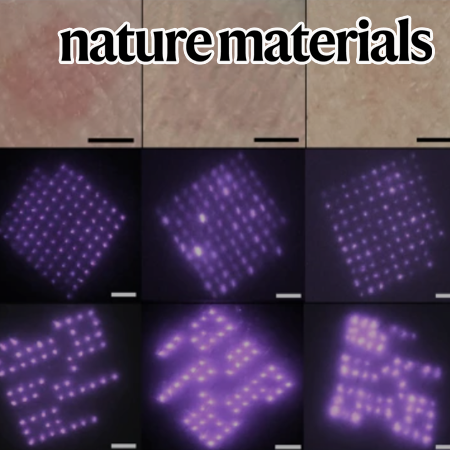
On-patient medical record and mRNA therapeutics using intradermal microneedles
Prof. Jooli Han
Professor Jooli Han’s team from the College of Medicine has developed a new system that uses mRNA vaccine microneedles with quantum dots to store medical information directly on a patient’s skin during vaccination.
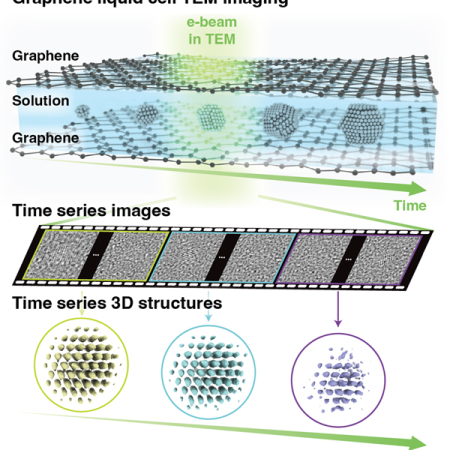
Professor Jungwon Park's Research Team at Seoul National University Develops World’s First Technology to Observe Atomic Structural Changes of Nanoparticles in 3D
Professor Jungwon Park
A research team led by Professor Jung Won Park from the Department of Chemical and Biological Engineering has developed a new technology to observe the atomic structural changes of nanoparticles in three dimensions.
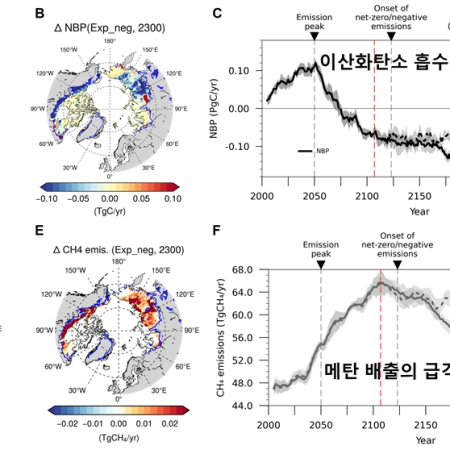
Permafrost Continues to Emit Carbon After delayed Net-Zero... A ‘Red Flag’ for Climate Mitigation
Prof. Jong-Seong Kug
Professor Jong-seong Kug’s research team from School of Earth and Environmental Sciences at SNU revealed that the permafrost ecosystem carbon loss may continue under net-zero and negative emissions, which could hinder climate change mitigation efforts.

